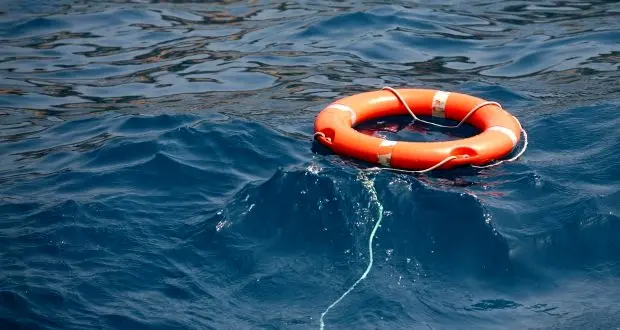Inmarsat launches service to enhance safety infrastructure

Inmarsat announced the launch of a new service for Maritime Safety Information Providers (MSIPs), marking a key stage in upgrading the Global Maritime Distress and Safety System (GMDSS), which helps to save thousands of lives at sea each year.
In particular, SafetyNET II enables MSIP’s to transition their communications to web-based messaging. As a web-based service, it introduces broadcast scheduling, continual monitoring, message cancellation, multiple text input methods, among other functions and usability improvements.
Following testing with six host countries, SafetyNET II is fully available for the delivery of safety-related messages to vessels including weather forecasts, navigational warnings and piracy alerts. It also provides additional reassurance to ships in distress, by modernising the infrastructure supporting the IMO’s GMDSS in a way that can enhance search and rescue operations.
Another enhancement sees the introduction of read-receipts, so Search and Rescue (SAR) personnel know whether messages responding to distress calls have been picked up. It’s a seemingly small change, but one that assists SAR decision-making.
During trials, SafetyNET II proved pivotal in the recovery of three men in a 15-foot wooden boat off the Marshall Islands, after Rescue Coordination Centre New Zealand (RCCNZ) asked its Marine Operations Centre in Wellington to supplement aerial searches with SafetyNET II alerts. The master of a bulk carrier en route to Panama posted additional look-outs, spotting the stranded crew and allowing RCCNZ to coordinate retrieval.
“Most MSIPs are familiar with web-based interfaces which means the training requirement is lower. They can focus on new functionalities, such as the ability to schedule navigational warning repeat messages,” said Peter Broadhurst, Senior Vice President, Safety & Security, Inmarsat Maritime.
MSIPs also often have to work within tight budgets. Using a web-based platform means they do not need to spend on specialised hardware or divert stretched resources for IT upkeep.
To ensure redundancy, SafetyNET II is supported from two custom-built and synched data centres, one in London (United Kingdom) and the other in Burum (the Netherlands).















![AIRBUS A380 [MORE THAN 600 PASSENGER’S CAPACITY PLANE]](https://cdn.tinn.ir/thumbnail/4jCp4EQvCU0b/IjHVrSYQrIAqIzXuTzADR7qLYX4idQT4nfq__26E5SCUPLMqfhWkWajvuO9Wfq1ql1TjV4dhkrHliNQU82kMpo2NNftT_NGEwHc9KXtN_rk731bmifa2IQ,,/airbus-a380-structure1.jpg)

Send Comment